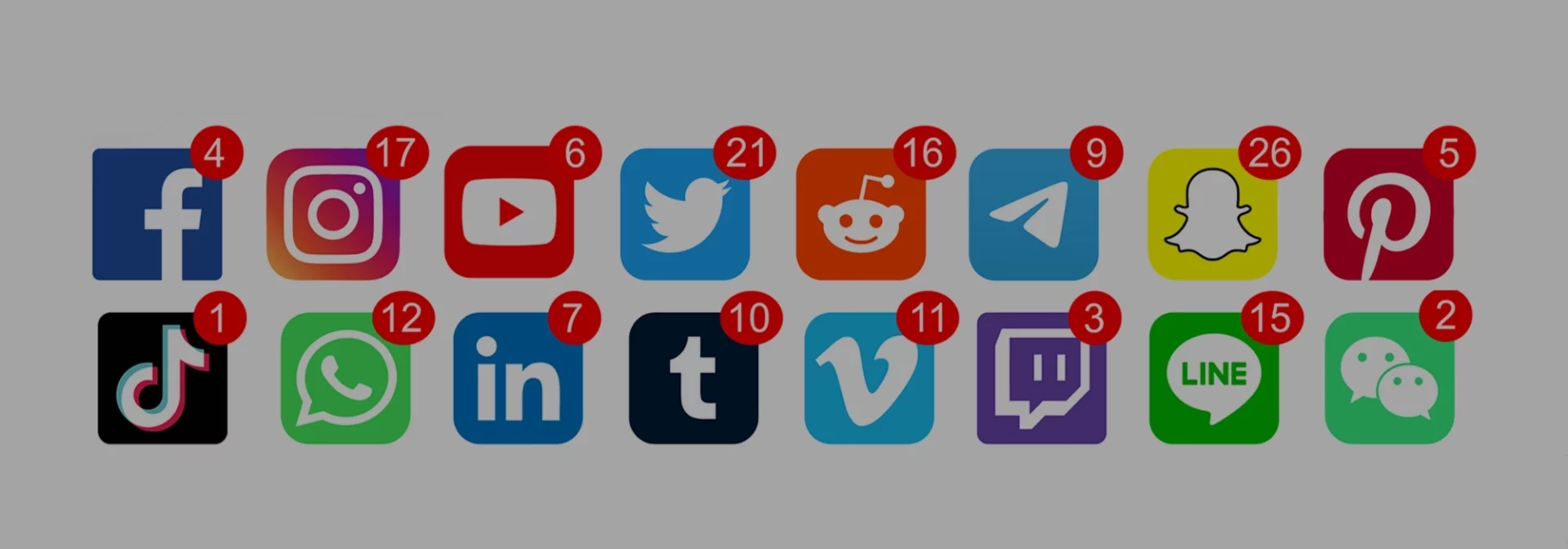This article was originally written for the National Center for Missing & Exploited Children (NCMEC).
Social media sites and apps are an important part of how we all use the internet. Younger children may enjoy sites like Animal Jam that do not fit the traditional social media mold, but still allow users to communicate with each other, while older children, teens, and adults, may prefer sites like Facebook, and apps like Snapchat and Instagram.
The Effect of Social Media on Tweens and Teens
In a 2018 Pew Research survey, teens were split on whether social media had a mostly positive or mostly negative effect on their lives. The noted positive elements included social media’s role in connecting them with friends and family, easy access to news and information, and meeting others with similar interests. The noted negative effects included bullying, lack of in-person contact, and unrealistic views of others’ lives.[1]
Most social media sites and apps (including Facebook, SnapChat, Twitter, Instagram, and Musical.ly) require users to be at least 13 years old, though it is not uncommon for youths to be untruthful about their date of birth in order to gain access to the site or app. By accessing these platforms before age 13, young children are at an increased risk of encountering inappropriate content and/or contact from older users.
Teens and Social Media By the Numbers

- 37% of teens feel pressured to post content that will get a lot of likes on social media
- 45% of teens feel overwhelmed by drama on social media
- 95% of teens associate their social media use with positive emotions such as feeling included & confident[2]
How to Talk to Kids About Social Media
What to Ask Kids About Social Media
- What’s your favorite website or app? What do you like to do there?
- Have you ever seen something online you didn’t want to see?
- Do you ever talk to people you don’t know online? What do you talk about?
- Can you show me which sites and apps you’re using?
- Would you feel comfortable if I checked your accounts?
- What kinds of things do you post?
- How do you decide who to add as a friend?
- How much personal information do you share online?
Reinforce Safe Social Media Use
- It’s safest to only add people you know offline to your online circles. Ask kids to check their “friends” and “followers” lists to see who has access to their accounts. Encourage them to remove anyone they don’t know or trust. Children should also block or “unfriend” anyone bothering them.
- Privacy settings are there to help make the experience safe! Teach kids and teens to use privacy settings. While they don’t guarantee complete privacy, they can help children control who sees what they share.
- Today, one’s online reputation counts offline, too. Help children remove any personal or inappropriate images from social media and other accounts.
- If it wouldn’t be OK to do or so offline, it’s not OK online, either. Help children and teens report any criminal behavior to the police and report inappropriate posts to the website or app — most have a system in place to handle these complaints.
- If anyone sends them an inappropriate sexual request, they should report it to https://report.cybertip.org.
This article was originally published on the National Center for Missing & Exploited Children and only minimally edited for clarity. Read the original article by NCMEC in its original publication.
References
[1] Pew Research Center, May 2018, “Teens, Social Media & Technology 2018”
[2] Pew Research Center, November 2018, “Teens’ Social Media Habits and Experiences”
